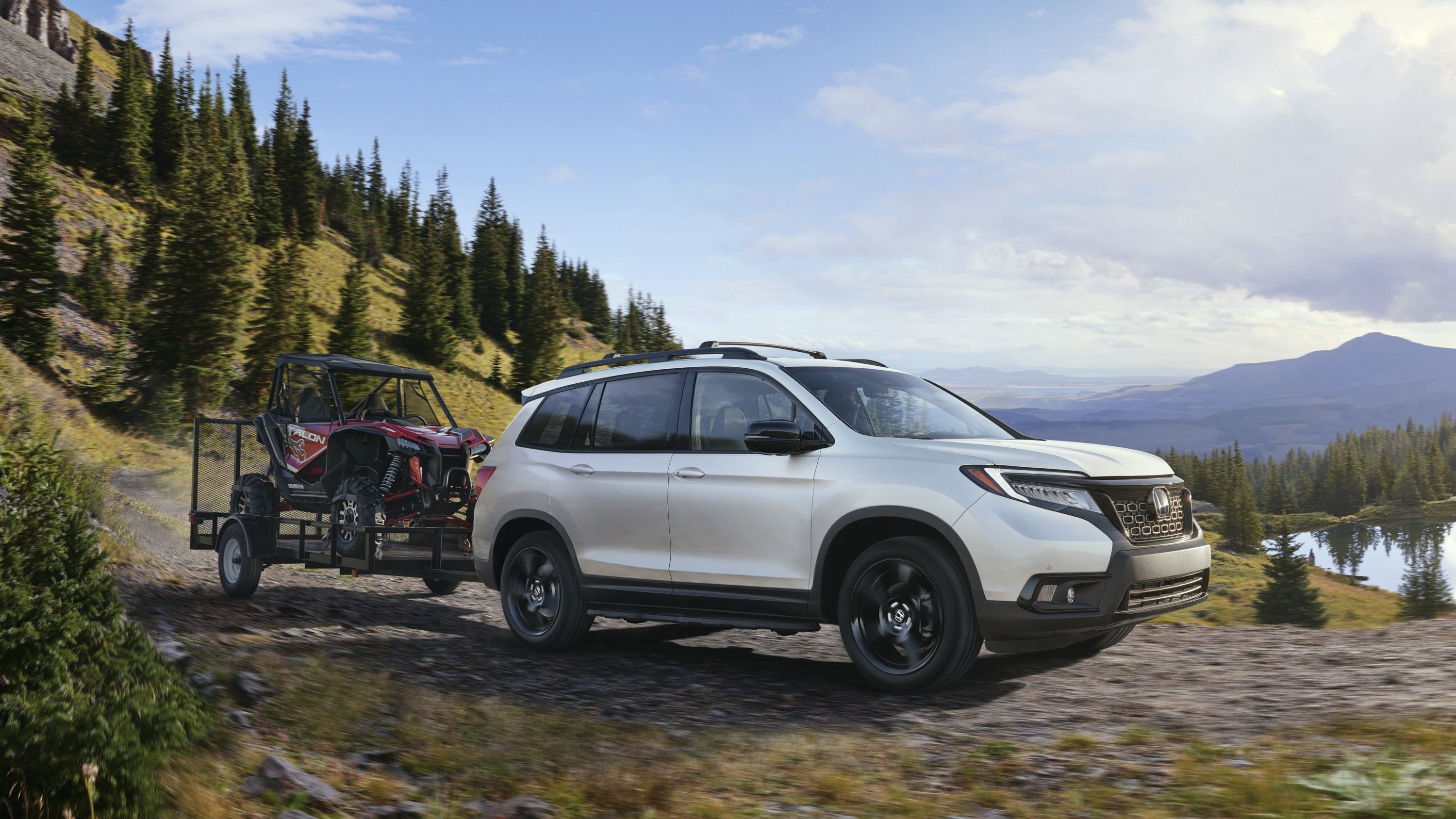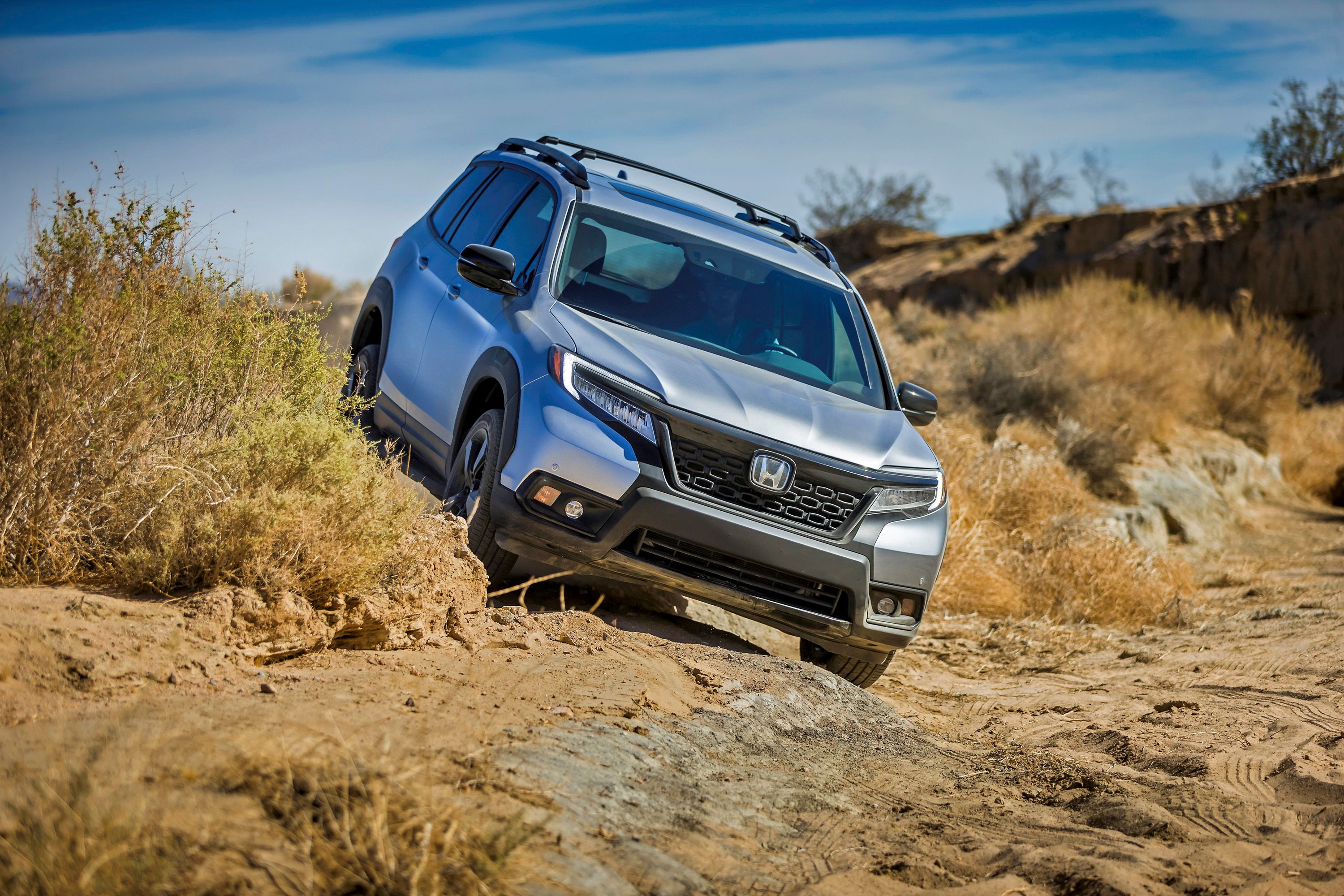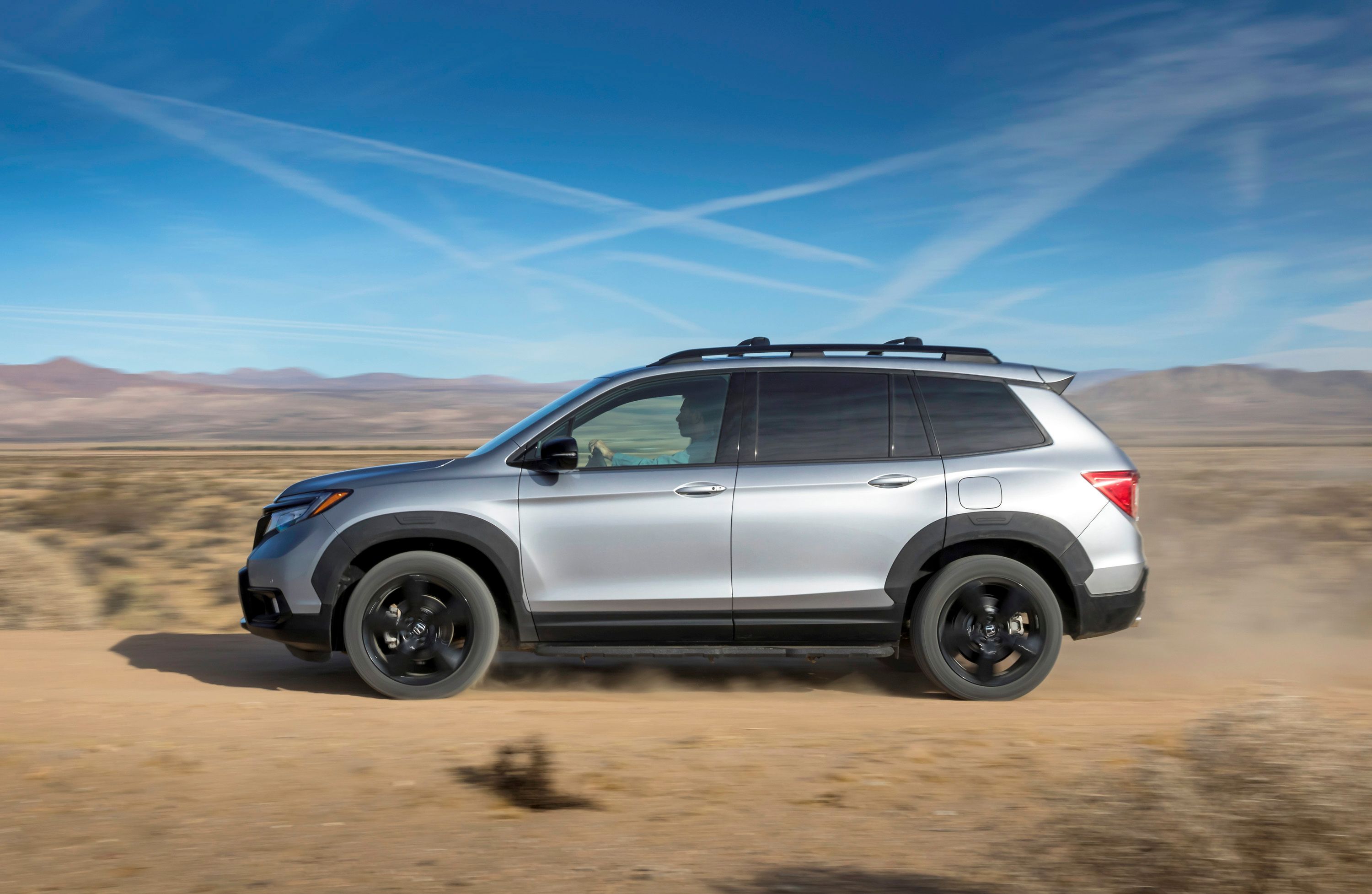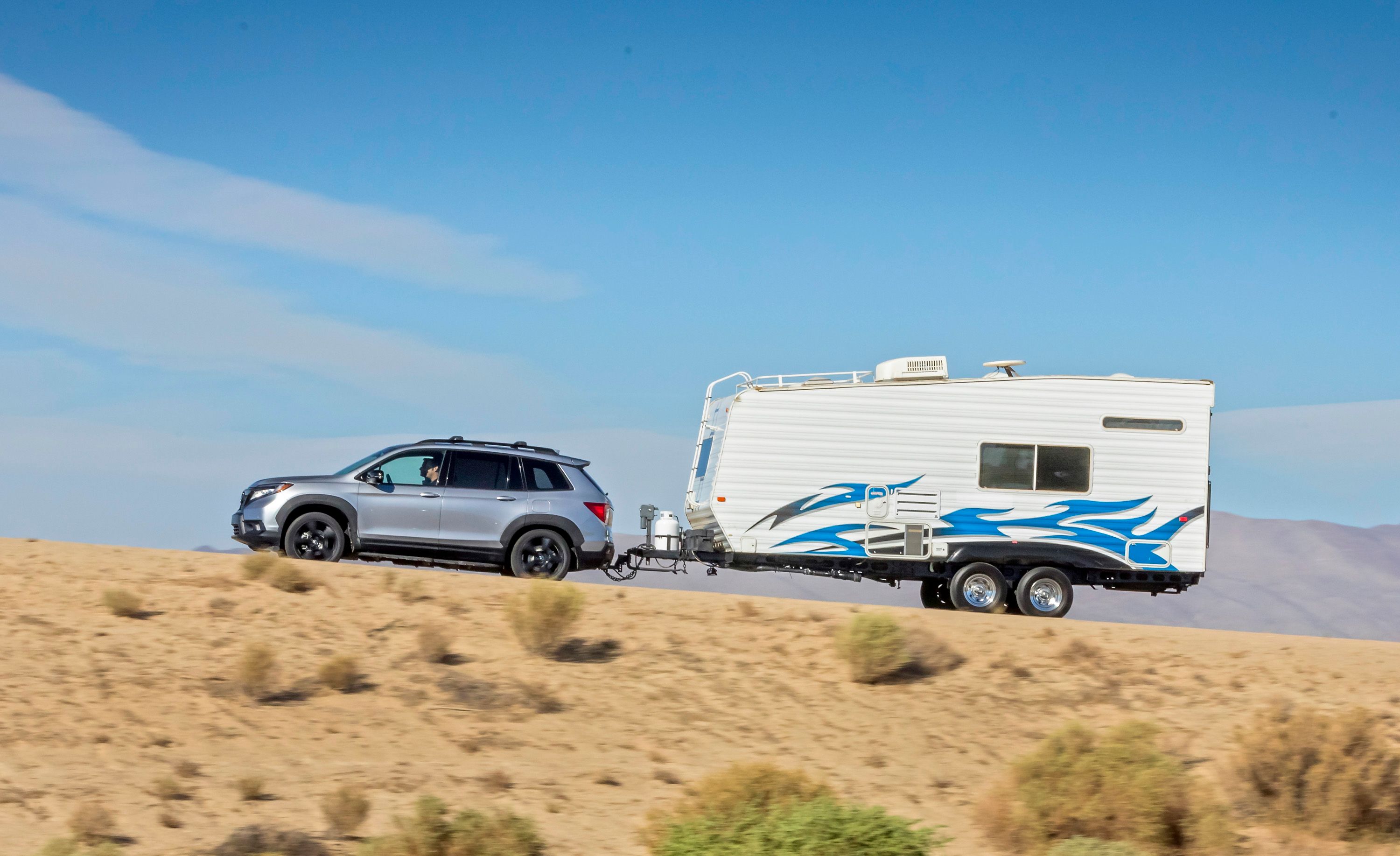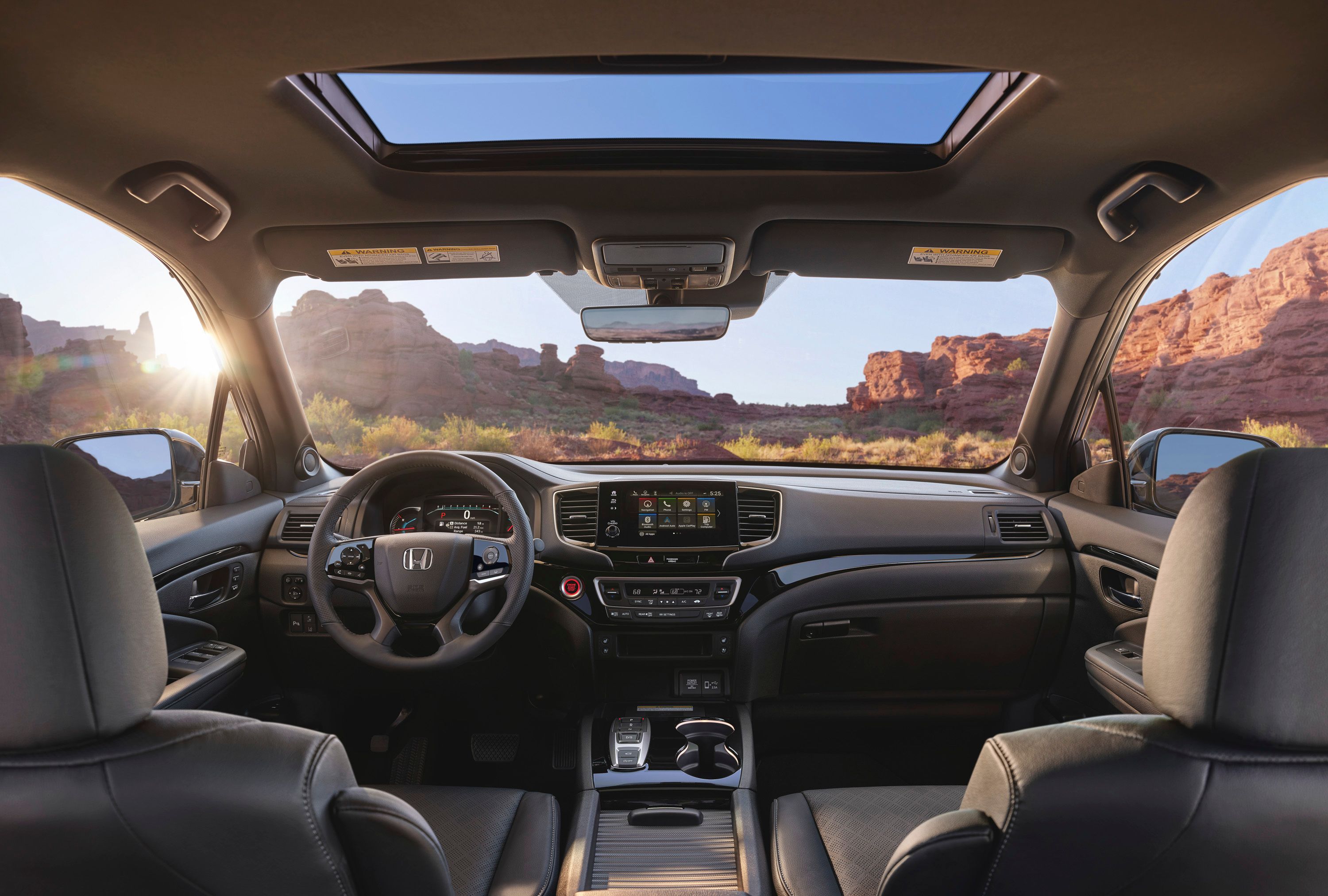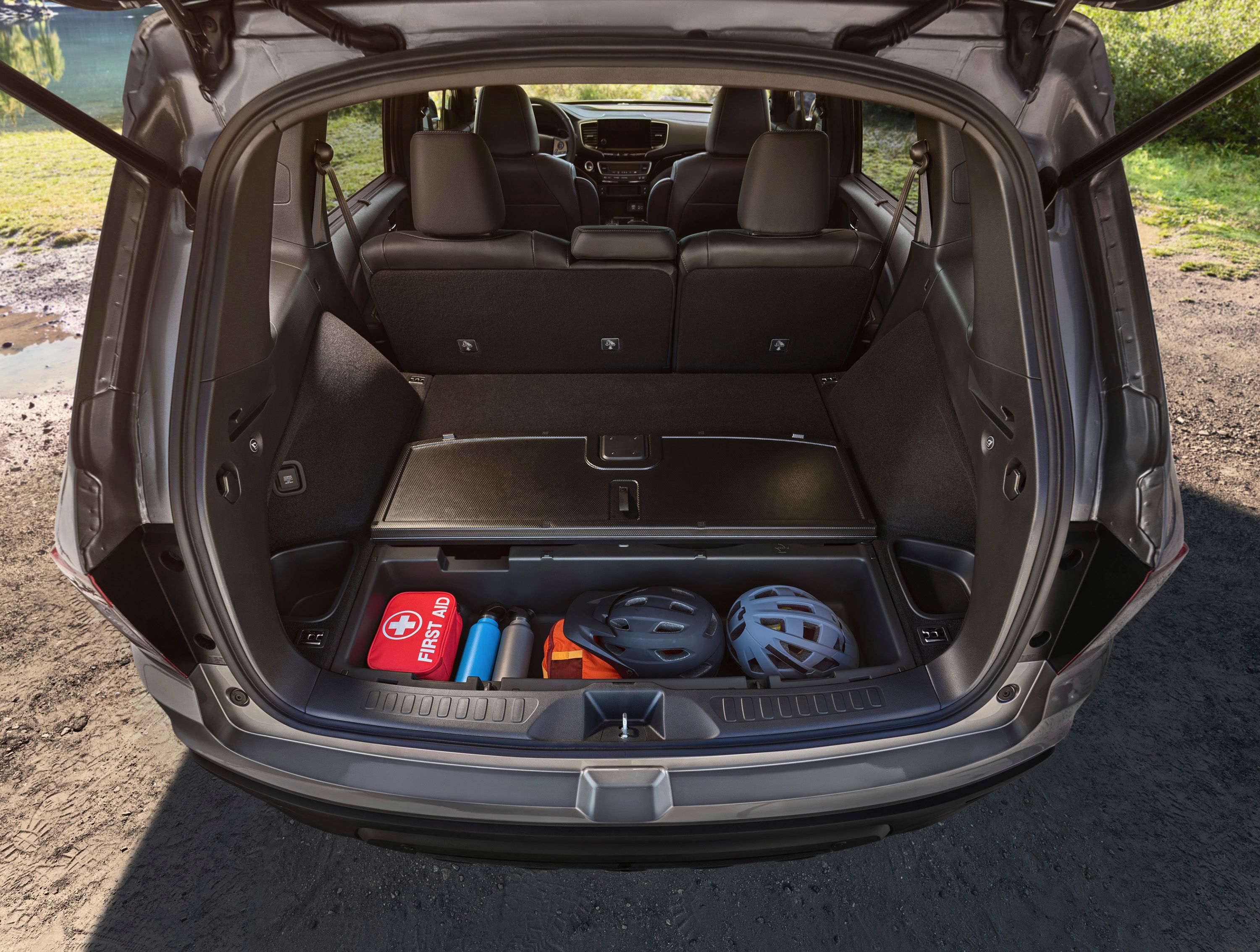Honda is under no illusion on how it’s going to market the new Passport SUV. Slotted between the CR-V and the range-topping Pilot, the Passport takes its turn in the spotlight as Honda's do-it-all SUV, the kind that carries enough space inside for the family and has the performance chops to be the go-anywhere ride that can tackle whatever road surface it finds itself on. The Passport is also rich in add-ons, packages, and accessories, giving all of you a lot of leeway on how to customize your Passports depending on your tastes and preferences. The Passport is on the clock for an early 2020 launch. Honda has yet to give the specifics on a timetable, but it did say that the SUV will be offered in four trim levels, including the range-topping Elite trim. Pricing for the SUV drops closer to launch. Considering where it’s slotted, expect the Passport to cost a little cheaper than the top-level Pilot, which starts at $31,450.
The 2019 Honda Passport Makes a Strong Re-Entry into a Crowded Segment
The Honda Passport has arrived, and it is, for all intents and purposes, meant to be driven to the ground. Honda is making no bones about the Passport’s off-road identity. As it should, too, because the Passport looks like its ready to tackle any road surface it faces with performance chops that should make its segment rivals sweat.
Let’s start with the Passport’s 3.5-liter V-6 engine. Honda says that the V-6 produces 280 horsepower and 262 pound-feet of torque. Those numbers make the Passport more powerful than the 240-horsepower Ford Edge, the 260-horsepower Nissan Murano, and the 270-horsepower Toyota 4Runner.
It’s hard to understate the functionality of the Passport. This SUV, after all, shares a lot of characteristics with the Pilot and the Ridgeline, including the aforementioned i-VTM4 torque vectoring system.
As good as the Passport looks on paper, it’s too early to tell if it’s touted capabilities are going to translate in the real world. That’s for all of us to decide in the future, but the early returns look promising for Honda’s new addition to the SUV family. It was developed with the goal of being the adventurous one in Honda’s SUV lineup — it even rides an inch higher than the Pilot — and the numbers, so far, at least, reflect that.
That said, don’t confuse the Passport as a purely utilitarian, go-anywhere SUV. It boasts some fancy digs, too. The interior, for example, is well-appointed. The dashboard layout is clean, and Honda’s new digital infotainment system comes standard, at least from the EXL trim and above.
Space isn’t an issue with the Passport, either.
The Honda Passport is scheduled to arrive sometime in the early part of 2020. With everything that Honda’s touted about its new SUV, you can bet that a lot of people will be eager to see if the Passport is as good as its creator says it is. Count us in among those people who are looking forward to trying this new baby out.
Further reading
Read our full speculative review on the 2019 Honda Passport.
Read our full review on the 1994 - 2002 Honda Passport.

